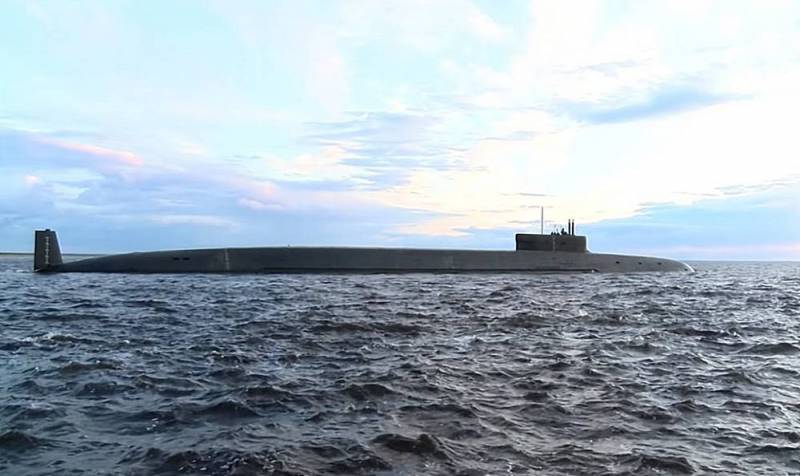How NATO ships search for our submarines in the Barents Sea
Russia claims its dominance in the Arctic, and the Northern Fleet stands guard over it. However, NATO does not agree with this formulation of the question. The United States and its allies sent a group of ships to the Barents Sea, which demonstratively began exercises to search for our North Sea submarines.
Yes, today, with the relative weakness of the Russian surface fleet, it is the submarine that is the most important component of our nuclear triad and a striking force capable of effectively destroying enemy sea and ground targets. In the constant pursuit of Russian submarines, the American military, unfortunately, was able to make great progress.
Against Soviet submarines of the first generations, the United States, together with its allies, created the so-called SOSUS (SOund SUrveillance System, sound surveillance system). This is a network of hydrophones deployed at the bottom of the oceans, capable, in combination with satellite reconnaissance, to detect potential enemy submarines. This system cut off the territory of the United States in key areas from the possibility of covert penetration of a submarine at a missile strike distance. The USSR submarine fleet was "isolated" from the Atlantic Ocean.
But any action gives rise to opposition. Soviet engineers were able to create much quieter submarines. De facto, this "zeroed out" the defensive potential of SOSUS: some of the hydrophones are mothballed due to a decrease in their effectiveness, the rest continue to work in automatic mode. Alas, this was not the end of spearfishing, but only moved to a higher technological level.
American scientists were able to create a search method by means of active sonar "illumination". Flexible extended towed antennas (FPBA) emit acoustic waves into the water column, which are reflected from underwater objects, allowing you to find the submarine. In this way, you can "enlighten" very large distances in the oceans. Modern sonar antennas can be launched into the water from ships, submarines, helicopters and aircraft buoys.
A group of NATO ships is currently operating in the Barents Sea. The British frigate Sutherland and the frigate Thor Heyerdahl of the Norwegian Navy are anti-submarine defense ships. The US Navy destroyer Ross provides air defense cover. From the air, Russian submarines of the Russian Northern Fleet are looking for four anti-submarine helicopters and a Danish Challenger patrol plane. The American low-noise submarine Seawolf is hiding somewhere nearby. The presence of the British tanker Tidesprin indicates that NATO ships are there for a long time.
All this is a very serious signal to the Kremlin. Unfortunately, in terms of search technology for submarines, the United States is still ahead of us. As, however, and in the number of surface and submarine fleets. With these exercises, the Pentagon shows the Russian Ministry of Defense that it is well aware of the current state of affairs. Having found our North Sea submarine in the Barents Sea, the Americans will demonstratively point the Seawulf at it and proudly report about it. Apparently, this is the main purpose of the exercises.
Unpleasant? Yes, but this does not mean that you have to fold your hands and quietly move away. It is necessary to more actively develop its own navy, invest sufficient funds in modern technologies to search for enemy submarines and increase the "quietness" of its own. The arms race will never end. And these NATO exercises can be used to practice oncoming maneuvers to separate our submarines from tracking and detect potential enemy nuclear submarines.

Information